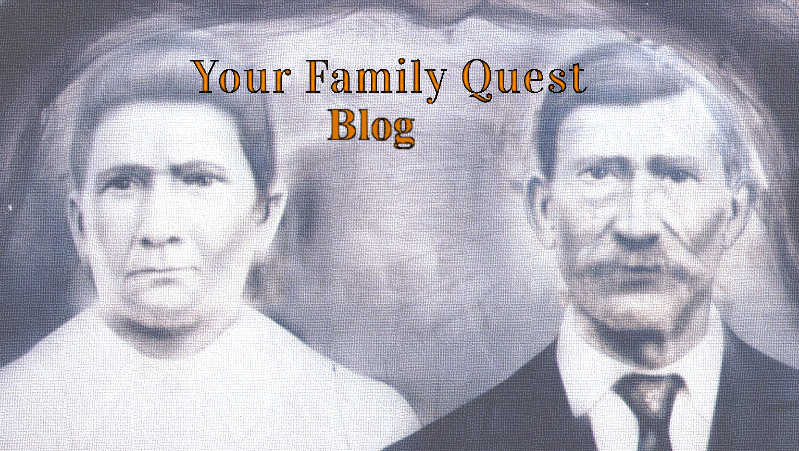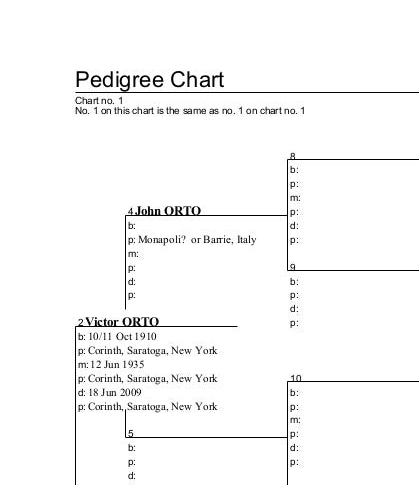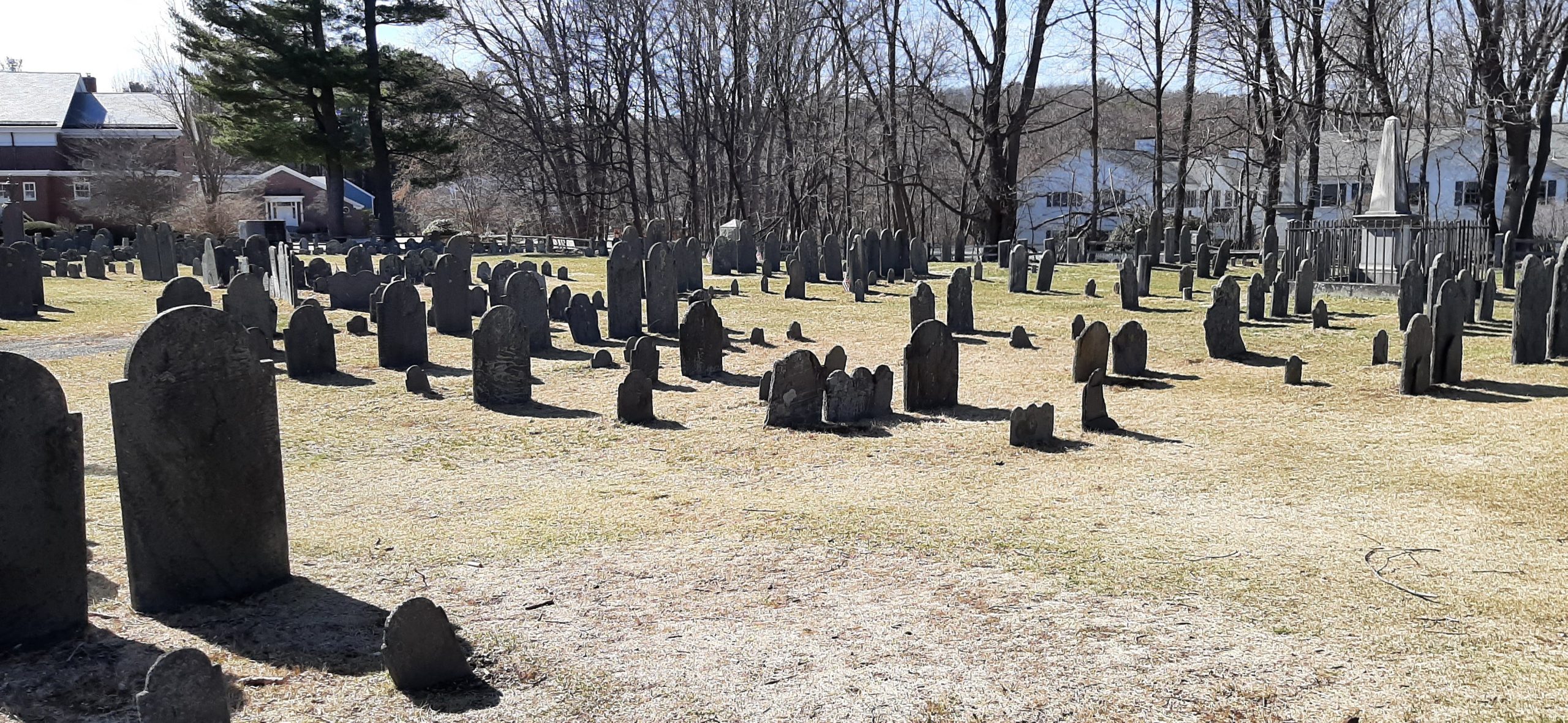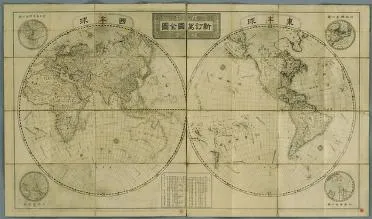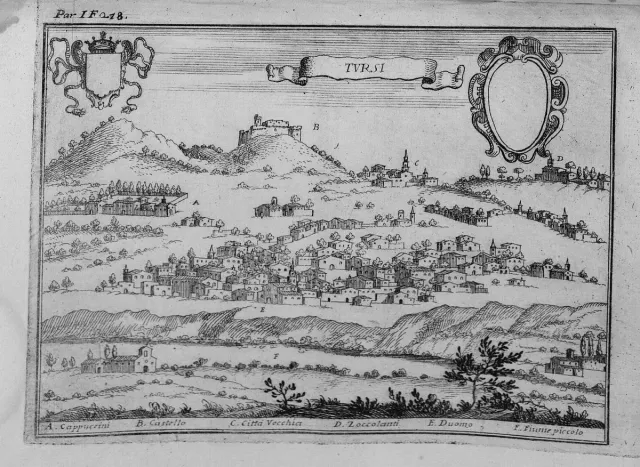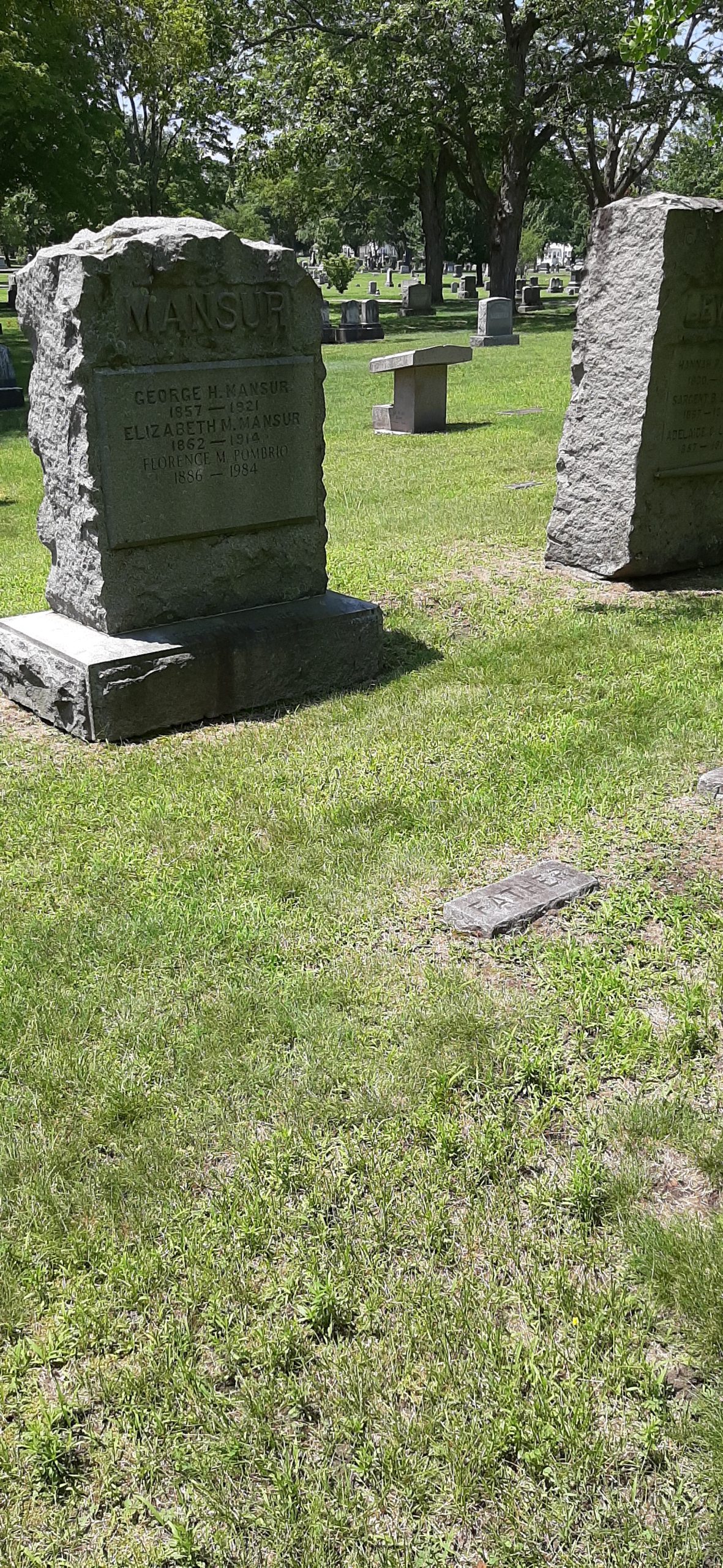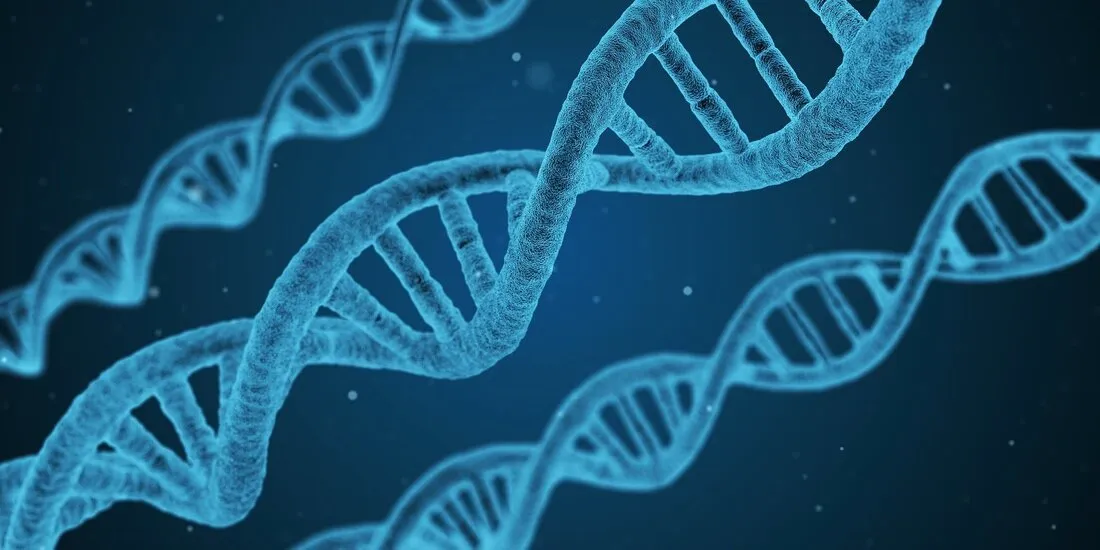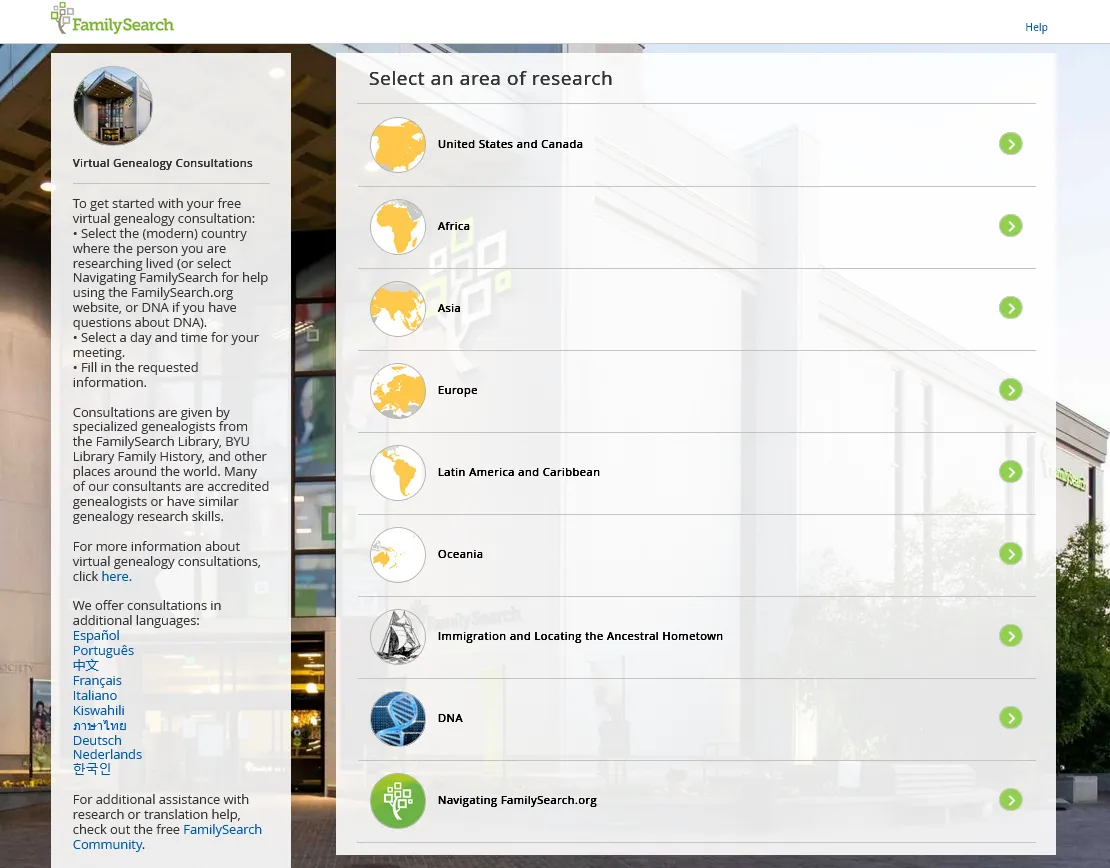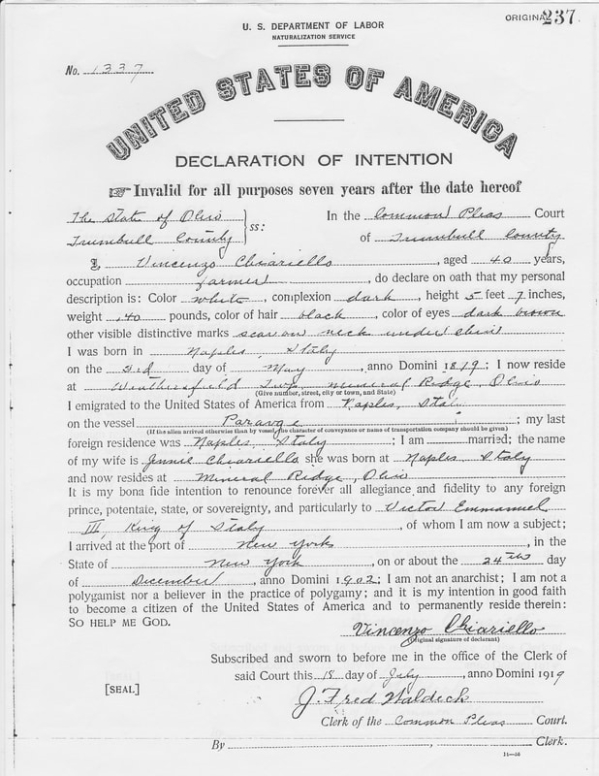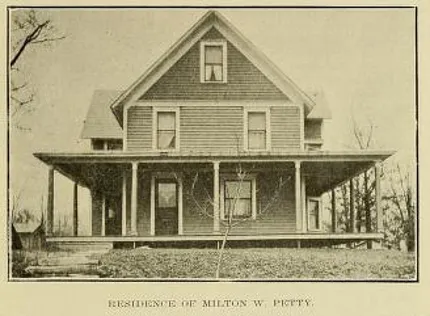
Originally published 13 January 2020.
I was translating a document and I couldn’t make out the name of the town where the bride was from. I felt comfortable with the first letter and the last three letters. So I went to my genealogy folder at Pinterest. I had Pinned a website that listed all the towns in Italy by the first letter. Using the find function I’d start by searching for those last three letters and revising my search as necessary. Eventually I’d find a match.
But the website had changed. The lists of the towns was gone. I used this website a lot and I couldn’t find anything else like it out there and my Michelin Motoring Atlas of Italy is not that easy to navigate — pun totally intended. So I deleted the Pin and complained to my son the computer engineer.
Oops. My son told me to enter the website address into the Wayback Machine but I’d deleted the link. Fortunately, it was in my browsing history. I went back to the beginning of 2019 and there were the lists. My son had me right click on each page and save as a Web page, complete. He also had me create a document with all the Wayback Machine addresses.
Which is why when you record an online source, not only do you record the website address, but you record when you accessed it so that future researchers can also use the web archive to access the information in the event the website is gone or changed.
